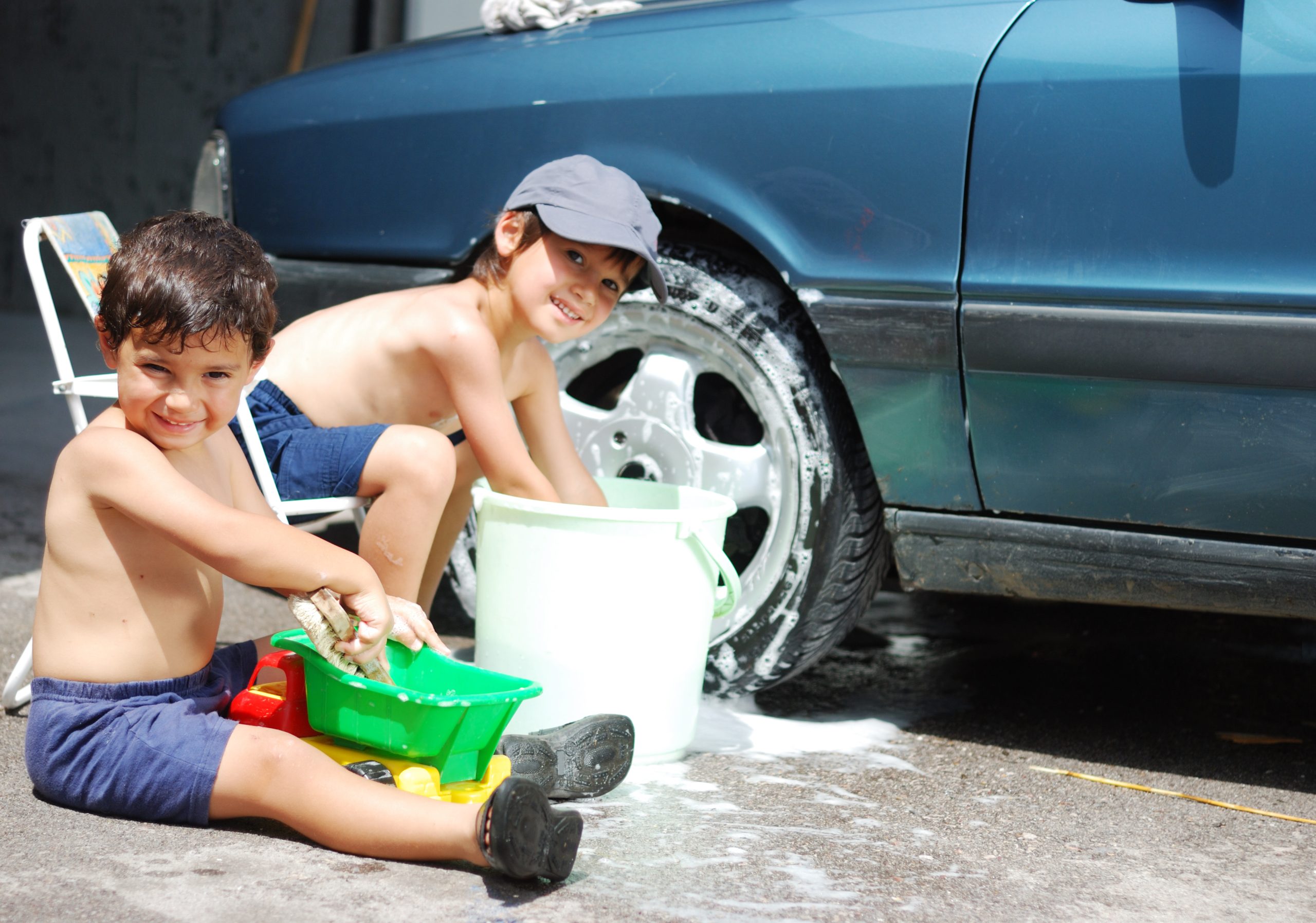Cleaning can be challenging for people with disabilities, but it doesn’t have to be. With the right tools and techniques, you can create an accessible cleaning routine that works for your individual needs. In this article, we will discuss how to identify barriers and challenges, adapt your supplies and tools, develop a customized schedule, incorporate assistive technology, and maintain an accessible cleaning routine.
Introduction to Creating an Accessible Cleaning Routine
Creating an accessible cleaning routine involves identifying areas of your home or workspace that need attention and finding ways to make them more manageable. This may involve using specialized equipment or modifying existing tools to better suit your abilities. The goal is to create a cleaning regimen that is safe, efficient, and sustainable over time.
Identifying Barriers and Challenges for People with Disabilities
One of the first steps in creating an accessible cleaning routine is to identify any barriers or challenges that may hinder your ability to clean effectively. For example, if you use a wheelchair, you may struggle to reach high surfaces or tight spaces. If you have limited mobility in your arms or hands, you may find it difficult to grip certain cleaning tools or hold them steady for extended periods. By identifying these obstacles early on, you can begin to explore solutions that address your specific needs.
Adapting Your Cleaning Supplies and Tools
Once you have identified potential barriers or challenges, it’s time to start adapting your cleaning supplies and tools to better suit your abilities. For instance, if you have difficulty bending down to pick up items, you might consider investing in a grabber tool or reaching aid. Similarly, if you struggle with gripping objects, you could try using foam grips or other hand-strengthening devices. There are also many specially designed cleaning products available for people with disabilities, such as long-handled dustpans or ergonomic mops.

Developing a Customized Cleaning Schedule
Another important aspect of creating an accessible cleaning routine is developing a customized schedule that takes into account your physical limitations and energy levels. You may want to break tasks down into smaller, more manageable chunks or prioritize certain areas of your space based on their level of importance. It’s also essential to build in rest breaks throughout your routine so that you don’t become fatigued or injured.
Incorporating Assistive Technology into Your Cleaning Routine
Assistive technology can play a significant role in making cleaning easier for people with disabilities. For example, there are many voice-activated virtual assistants that can help you keep track of your cleaning schedule or remind you when it’s time to change out filters or perform maintenance tasks. Other types of assistive technology include robot vacuums, which can autonomously navigate around furniture and other obstacles while sucking up dirt and debris.
Conclusion: Maintaining an Accessible Cleaning Routine

Maintaining an accessible cleaning routine requires consistency and dedication. Be sure to take regular breaks, listen to your body’s signals, and seek support from friends, family members, or healthcare professionals when needed. Remember that cleaning should be a positive experience that helps you feel empowered and independent, not a source of stress or frustration.
